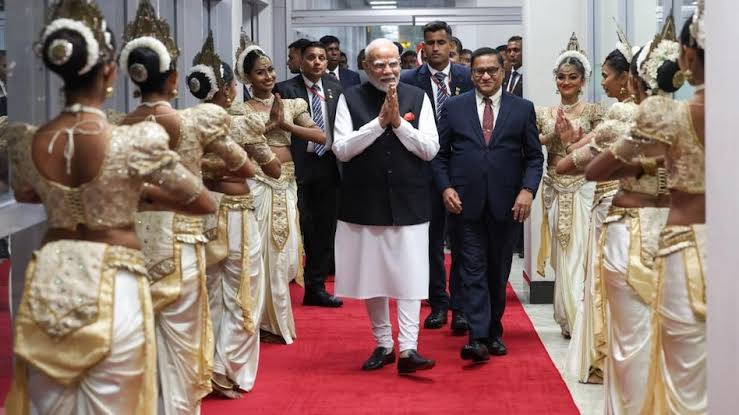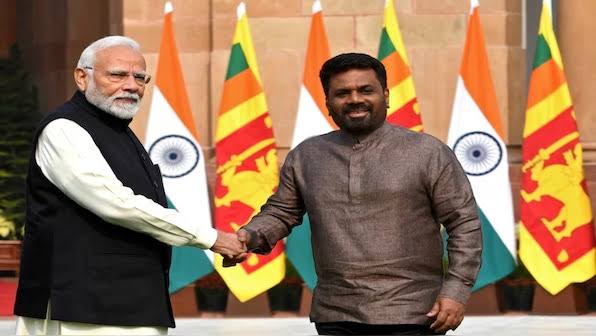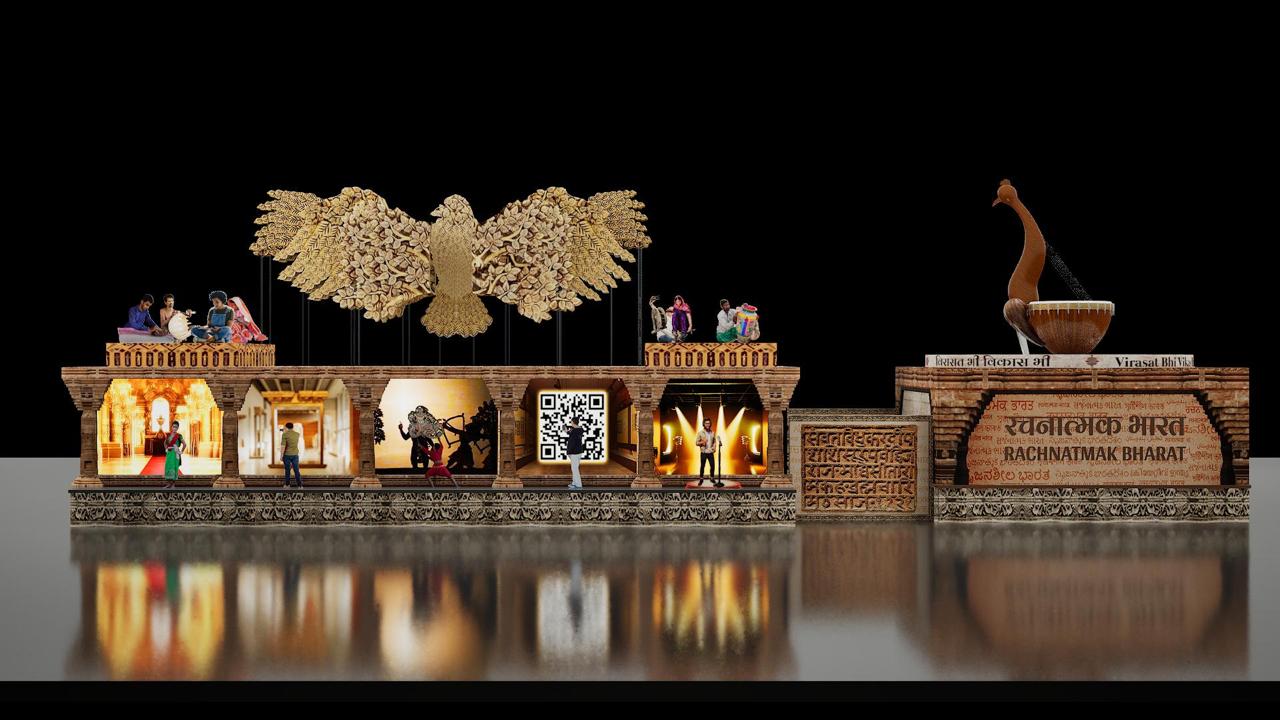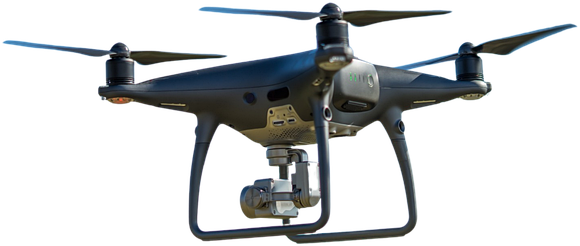Prime Minister Narendra Modi arrived in Colombo to a heartfelt and historic welcome on Friday evening, marking a significant moment in India-Sri Lanka relations. Greeted at the Bandaranaike International Airport by a high-level delegation of five Sri Lankan ministers, including Foreign Minister Vijitha Herath and Health Minister Nalinda Jayatissa, the visit set a tone of warmth and mutual respect from the very beginning. This was followed by a ceremonial reception at the iconic Independence Square on Saturday morning, where President Anura Kumara Dissanayake personally received him—an honour never before extended to any foreign dignitary in Sri Lanka’s recent diplomatic history.
 The gesture was more than symbolic. It reflected the strengthening friendship between two nations that have weathered challenges together. For Sri Lanka, which is still emerging from the shadows of a deep economic crisis, the visit by Prime Minister Modi brings not only hope but a reaffirmation of India’s continued support and solidarity.
The gesture was more than symbolic. It reflected the strengthening friendship between two nations that have weathered challenges together. For Sri Lanka, which is still emerging from the shadows of a deep economic crisis, the visit by Prime Minister Modi brings not only hope but a reaffirmation of India’s continued support and solidarity.
PM Modi, expressing gratitude on social media, acknowledged the warm welcome and said he looked forward to the engagements ahead. His itinerary includes high-level talks with President Dissanayake, both in private and at the delegation level, where at least ten important agreements are expected to be announced. These include collaborations in defence, energy security, and digital transformation—sectors critical for Sri Lanka’s recovery and long-term development.
This visit is also significant as it is the first time President Dissanayake will be hosting a foreign leader since assuming office. For Modi, it’s a return to a country he last visited in 2019, but the context now is different. Sri Lanka is at a turning point, and India’s support, already visible through a $4.5 billion financial aid package provided during the peak of Sri Lanka’s economic turmoil, continues to be a stabilising force.
Among the expected developments is a defence cooperation agreement that could mark a new phase in strategic ties between the two neighbours, decades after the contentious episode of the Indian Peace Keeping Force. There is also anticipation around announcements related to India’s role in Sri Lanka’s debt restructuring process and a currency swap arrangement aimed at providing financial stability.
In addition to these discussions, several India-assisted projects will be launched during the visit, including the virtual groundbreaking ceremony for the Sampur solar power plant—an initiative seen as a significant step toward cleaner energy and sustainable growth for the island nation.
The Prime Minister’s presence has also been met with enthusiasm from the Indian-origin community in Sri Lanka, many of whom gathered to greet him at his hotel. On April 6, Modi and Dissanayake will travel to the sacred city of Anuradhapura, where they will pay their respects at the Mahabodhi temple and inaugurate two more joint projects, further deepening the cultural and developmental ties between the two countries.
In a world often divided by borders and interests, moments like these remind us that diplomacy, at its heart, is about empathy, shared futures, and standing together—especially when it matters most.




